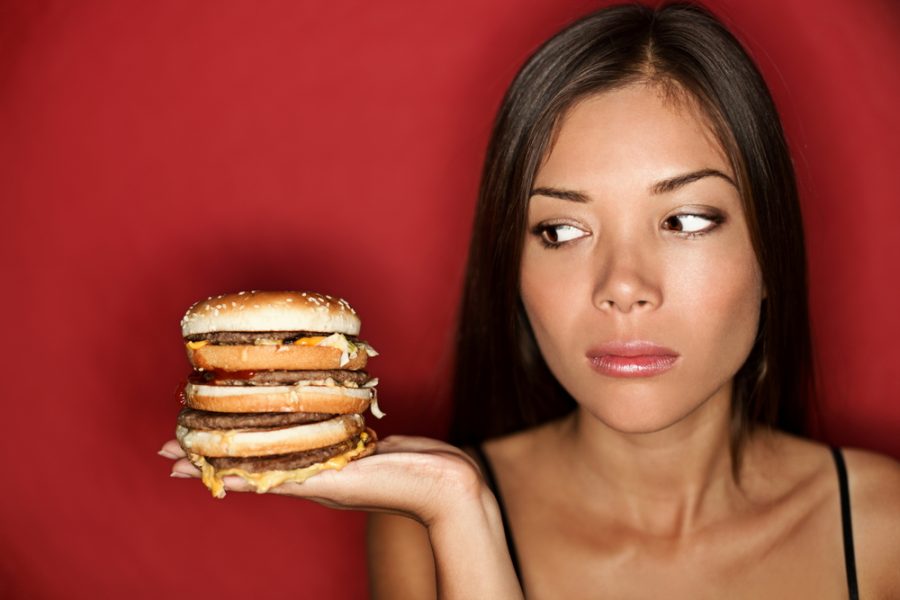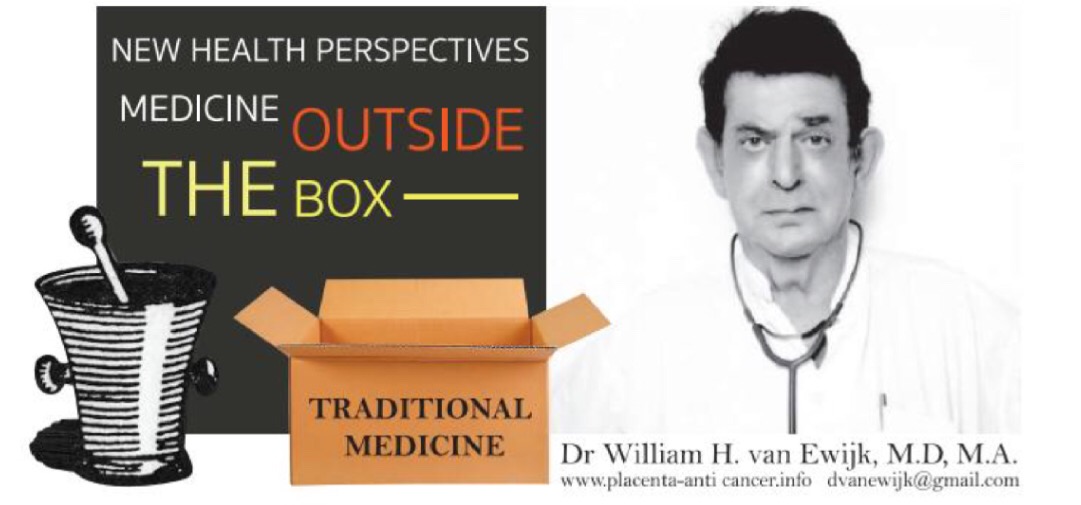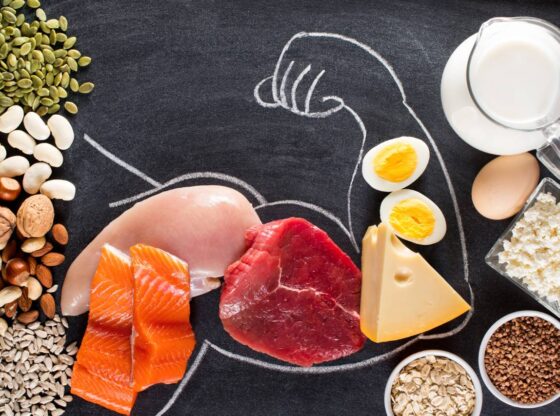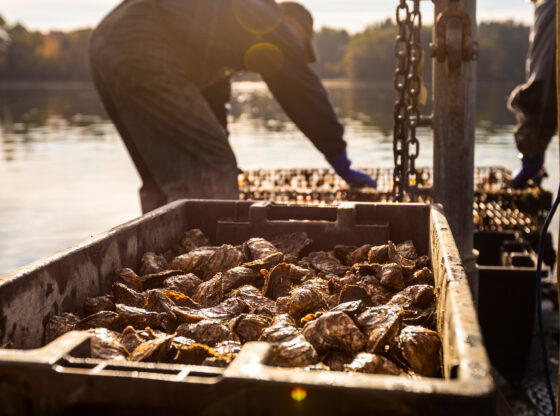![]()
Most people feel that fast-food is not good for you, yet, eight out of 10 saying they eat fast food at least weekly. But before you scarf down another fast-food burger, you might want to know what you’re actually putting in your mouth.
A man from Utah who found a forgotten McDonald’s hamburger in his coat pocket. He then kept it for 14 years — to his surprise, the burger stayed intact and mold-free. In fact, the burger had barely aged. Yet, even if fast-food burgers don’t contain preservatives or additives, the fact remains that the livestock is usually given antibiotics and growth hormones to make them grow faster and more resilient to disease.
Millions become infected with antibiotic-resistant bacteria every year, causing at least 23,000 death. McDonald’s buns contain ingredients like calcium sulfate: a white, odorless, crystalline powder used for vehicles, construction, electronic apparatuses, laboratories, fabrics, wood, rubber, plastics, metal, leather, chemicals, pharmaceuticals, pesticides, and cosmetics. Ammonium sulfate, which is also found in the buns, is made from a reaction of sulfuric acid and heated ammonia and is most often used as commercial fertilizer and in the manufacturing process of nylon.

Where’s the beef?
Some fast-food hamburgers may actually contain as little as two percent meat, the rest is the same as found in hot dogs: blood vessels, nerves, fat, plant material, cartilage, bone — and in two hamburgers — parasites.
Another additive injected into the fast-food burger is ammonia, once used only in pet food and cooking oil.
Sodium nitrite, a preservative that’s used to cure deli meats and bacon, is also used as a coloring agent in the fast-food industry to make old meat look red and fresh. It is linked to pancreatic cancer. L-cysteine used in food comes from human hair — that’s right, human hair.
According to The Vegetarian Resource Group, most of the hair used to make this comes from China, where it’s gathered from barbershops and hair salons.
Fresh bread made from local bakers are usually L-cysteine-free; unfortunately, fast food joints may use it as an additive in their buns.
By now, you’re most likely grossed out. So instead of your usual burger, you’ll opt for a fish or chicken sandwich.
The problem is, if your burger is loaded with so many nasty chemicals, there’s a good chance everything else in your favorite fast food restaurant is as well. And while many fast food joints boast healthier menu options, they still haven’t reduced-sodium or committed to using non-GMO foods. So, in the end, while fast-food burgers are certainly fast, they’re also kind of gross, too.
Try hamburgers from Australian beef, or e.g. in Jomtien Beach Road “Just Burger” or in a restaurant that you trust, in that case: Bon appétit.!













